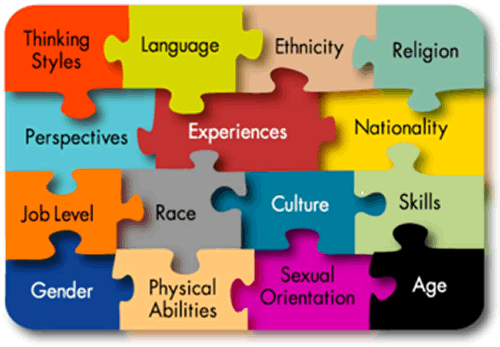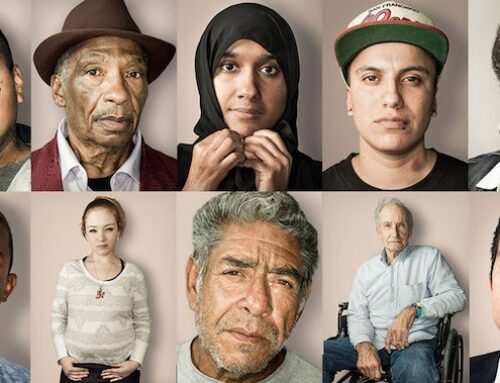Fact: Minorities are still largely underrepresented in the workforce.
When looking at the statistics presented by some of the most innovative companies in the world, the picture is painfully clear. Google reports that 3 percent of its employees are Hispanic and just 2 percent are black (compared to 17.4 percent Hispanic and 13.2 percent black in the general population). Apple’s employees are 55 percent white and only 2 percent black, not to mention 70 percent male. LinkedIn’s employee base is only 3 percent Hispanic and 1 percent black.
That’s all in spite of the fact that the world population will soon be more diverse than ever: Census data suggests there will be no ethnic majority in the next 10 to 30 years.
So, how can company leaders address this problem? As Joan C. Williams writes, “When an organisation lacks diversity, it’s not the employees who need fixing. It’s the business systems.”
There are many emerging strategies to increase diversity and eliminate bias in organisations — including several focused on using big data to tackle the problem. Let’s take a look at one such data-based method: the “Interruption Strategy.”
The Interruption Strategy
In her Harvard Business Review article, “Hacking Tech’s Diversity Problem,” Williams introduces a new metric-based approach to increasing and retaining diverse employees in organisations. “The Interruption Strategy” aims to break what she calls the “diversity industrial complex” — the common approach of making a few token hires, implementing cross-cultural sensitivity training, creating mentoring programs and other similar vague changes. Rather than relying on conversations and extensive training, the Interruption Strategy is based on implementing “bias interrupters.”
Bias interrupters are things that change basic business systems in a way that stops a pattern of bias where it begins. Here, three steps your organization can take to implement the Interruption Strategy:
Step 1: Determine Whether There’s a Problem
Using a focus group, determine if minorities in your organisation are facing common discrimination and biases. Are minorities hired at the same rate? Do they have equal pay to their majority counterparts? You should also run a data report on the state of diversity in your workforce: If, like LinkedIn, you run a data report showing that only 1 percent of your global workforce is black, then you have a diversity problem.
Step 2: Identify Key Metrics
Once you’ve identified a problem, you must identify your metrics. If you’re not sure where to start, take a look at these four things: how people are hired, how work is assigned, what happens during performance evaluations and how compensation is determined.
For example, you may look at your hiring practices and find that your minority applicant pool is significantly smaller than your competitor’s. Your key metric is now your minority applicant pool, and your next step is to experiment with different ways to interrupt the process leading to such a small applicant pool: How can you expand your recruiting reach? Is something preventing minorities from considering your organisation a desired place to work?
Step 3: Experiment, Measure Success and Keep Trying
Once you have determined a point of bias and related key metrics, it’s time to experiment. Come up with a bias interrupter, try it out and measure the results. If it wasn’t successful, try something else. If it was moderately successful, look at what led to its success and optimise your strategy.
To continue with the applicant pool example above, what basic business system can you change in an attempt to attract more minority applicants? Look at how job postings are written. Is it possible that changing the tone or language could remove a barrier for minority applicants? For example, when giving an overview of the organizational culture, do you mention a commitment to creating a work environment that reflects the community in which it is located? Is your organisation committed to celebrating the uniqueness of each employee?
Long term, the Interruption Strategy can be used on a continuous basis to ferret out instances of bias that are preventing organisations from reflecting the diverse population. With a creative and focused team, various metrics can be tested, and the blockades of bias that minorities face in the workplace will begin to crumble.







